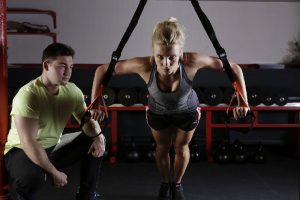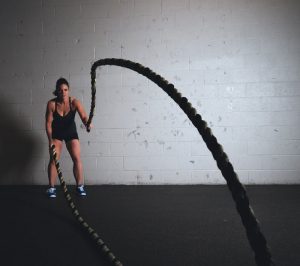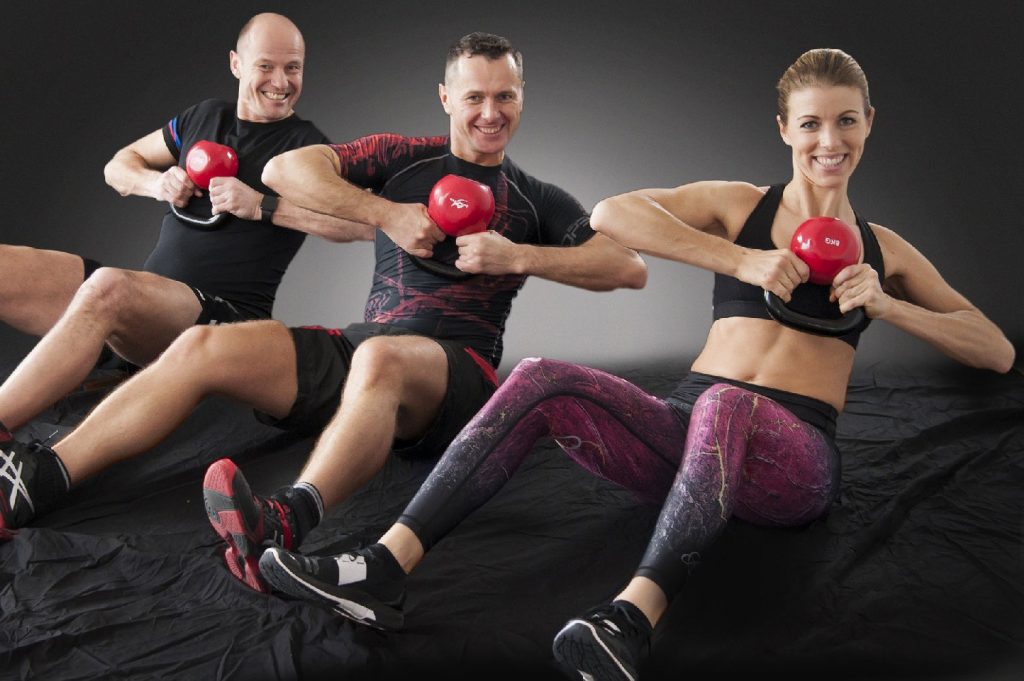Health Q & A is a LKN Connect Health & Wellness column published every two weeks. The readership is invited to submit questions falling within the fields of health promotion, wellness, and disease prevention. Content areas can include nutrition, diet, weight loss, supplementation, fitness, exercise, stress and anxiety, ancestral health, and epigenetics among others. Please direct questions for Health Q & A directly to Wayne Coolidge wayne@healthydynamic living.com

John W. asks: I hear a lot about “functional fitness” and “high intensity interval training” (HIIT). What are they and how do they differ from traditional fitness training?
This question, if answered in its entirety would require two lengthy explanations. Functional training and high intensity interval training (HIIT) are both extremely beneficial training systems, especially when performed together. Because of the detail needed for proper descriptions I will answer part 1, functional training now and part two, HIIT in the next Q & A column.

Functional training refers to exercise that is consistent with the way the human body was designed to function. Fitness and exercise, like most health and wellness related issues, should be considered from an ancestral health perspective. Thinking about and imagining how our ancestors moved while we evolved will help make the concept of functional fitness make sense.
Our ancestors did not need a gym membership
The environment that our ancestors inhabited was a veritable jungle gym of fitness opportunities. Ancestral workouts could easily be termed “free-range” fitness. It is a superior training method based upon moving one’s body through its own unique biomechanical range of motion against a variety of resistances. The lesson is simple: train movement, not muscle.
Body-friendly movements
This type of training builds muscular strength and endurance. Performed with the proper intensity, it simultaneously builds vital capacity and the cardiovascular/respiratory system. When using functional movements through full ranges of motion, you will also maintain or possibly increase flexibility, which is extremely important to us as we age.
 Integrated movements vs. isolated movements
Integrated movements vs. isolated movements
Free weights can be used for many functional movements, but they cease to be functional when individual muscles are trained in isolation. This contrasts with training a muscle as part of integrated movement within a larger system of movements. An example is a barbell curl for the biceps (isolated) compared with working the biceps while performing pulling movements used to engage the back (integrated).
Functional exercises engage multi-joint, whole-body focused movement patterns. Examples are squat thrusts, dead lifts, rowing, and pull up movements for the back, pushups, and overhead presses.
Some movements can appear to be functional but are dangerous because they are performed in ranges of motion that our ancestors would never utilize naturally. Examples are pulling down or pushing weight behind our heads. The movement had no function in nature and are manufactured exercises that causes nerve impingement syndrome in some people.
It is also possible to perform this type of training wherever you go, because you can adapt nearly any activity to use functional and high-intensity characteristics. I have designed entire workouts for people at the beach using body weight movements and running (or walking) through the surf to further elevate heart rate.
 Identifying a “functional fitness” style gym
Identifying a “functional fitness” style gym
Functional fitness gyms feature a variety of weights, ropes, sleds, medicine balls, chains, rings, punching bags, and most importantly, kettle bells. Kettle bells are a uniquely Russian fitness art form — they resemble a cannonball with a handle. They are revered for their ability to functionally and aesthetically strengthen and sculpt the human body. Traditional fitness equipment has a place in our training, but its use should be specific and directed, rather than a workout staple.
When skillfully applied, these tools will put you in the best shape possible by allowing you to use your natural movement patterns against a variety of resistances.
 Wayne Coolidge, Jr., M.Ed., CHES is an author, speaker, and innovative Health Promotion Scholar-Practitioner. He owns Wayne Coolidge Health Promotion, a consulting firm specializing in healthy aging, nutrition, nutritional supplementation, fat loss, fitness, and disease prevention. His expertise is designing lifestyle-optimization strategies leading to positive genetic expression, controlled cellular aging, health, and wellness. He has accumulated more than 31,000 hours of one-on-one training and personal consultation experience over a 37-year career. Wayne’s web site www.waynecoolidge.com. You can email him at wayne@healthydynamicliving.com.
Wayne Coolidge, Jr., M.Ed., CHES is an author, speaker, and innovative Health Promotion Scholar-Practitioner. He owns Wayne Coolidge Health Promotion, a consulting firm specializing in healthy aging, nutrition, nutritional supplementation, fat loss, fitness, and disease prevention. His expertise is designing lifestyle-optimization strategies leading to positive genetic expression, controlled cellular aging, health, and wellness. He has accumulated more than 31,000 hours of one-on-one training and personal consultation experience over a 37-year career. Wayne’s web site www.waynecoolidge.com. You can email him at wayne@healthydynamicliving.com.
The views, thoughts and opinions expressed by our writers
belong solely to them and do not represent
LKNConnect.com, its publisher or its staff.



